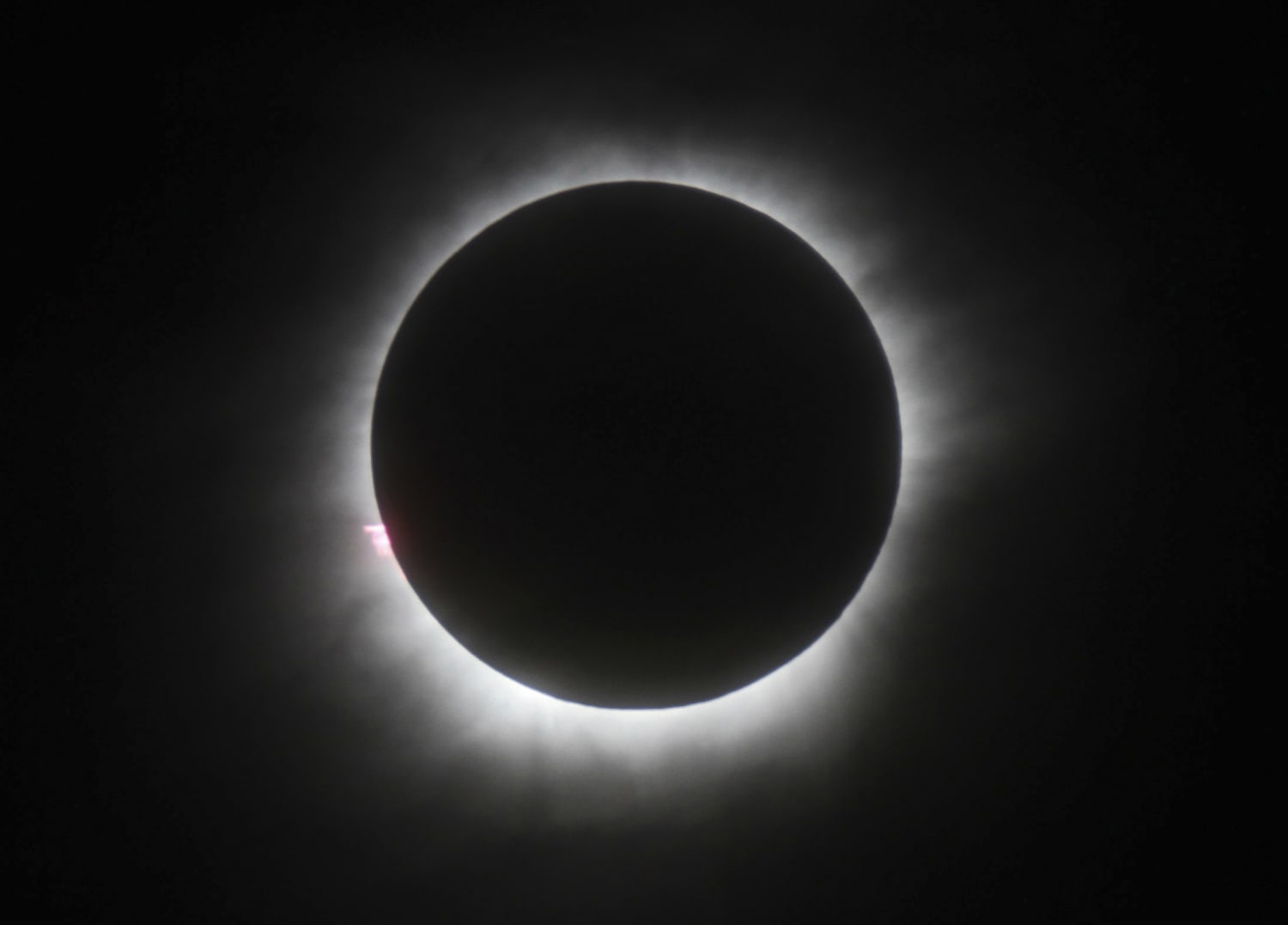The upcoming total solar eclipse on April 8 is anticipated to be an extraordinary event, coinciding with heightened solar activity during the solar maximum. This celestial phenomenon will sweep across a substantial portion of the United States, Mexico, and Canada. Solar maximums bring increased solar activity, including coronal mass ejections that lead to geomagnetic storms and solar flares.
Solar physicist Scott McIntosh from the National Center for Atmospheric Research (NCAR) describes the event as “incredible” due to the heightened solar activity. Unlike the smoother appearance of the 2017 total solar eclipse, which occurred near a solar minimum, the April eclipse is expected to resemble an “angry hedgehog” with a spiky corona.
This total solar eclipse will be the last visible in the U.S. until 2044 and is expected to span Mexico, the U.S., and Canada, affecting over 31 million residents. The path of totality will begin over the South Pacific Ocean, extending through Mexico and various U.S. states, including Texas, Oklahoma, Arkansas, Missouri, Illinois, Kentucky, Indiana, Ohio, Pennsylvania, New York, Vermont, New Hampshire, and Maine. The eclipse will also traverse parts of Canada.
Observers along the path of totality can anticipate a partial eclipse before and after the totality, along with a noticeable temperature drop and changes in wildlife behavior. It is recommended to wear eye protection before and after totality, providing a unique opportunity to witness the iconic glowing orb or halo without obstruction. The April total solar eclipse promises to be a captivating and memorable astronomical event.















































